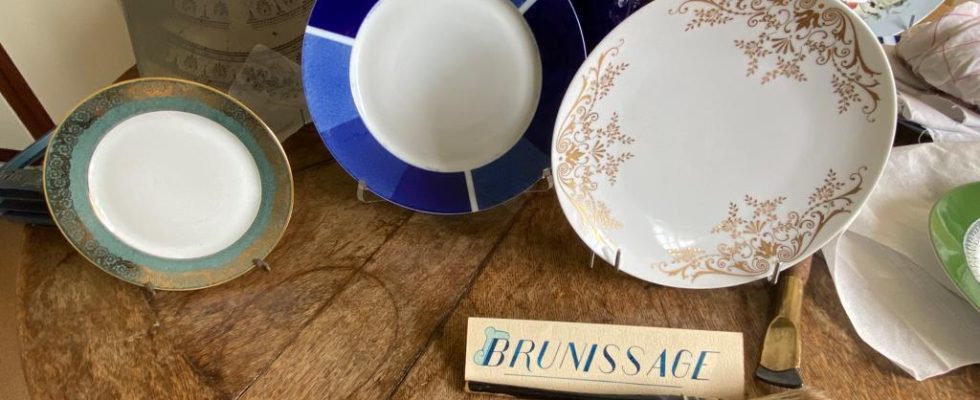Our summer series on the crafts of the Manufacture de sèvres comes to an end, in the company of Christel Potaufeu, burnisher. The burnishing workshop is the last step for the pieces produced at Sèvres except for vases or cups which need to be assembled and which therefore go to the assembly and carving workshop. This last intervention reveals the brilliance of the gold rendered matt by firing.
In the burnishing workshop, the burnishers use a tool in semi-precious stone, agate or hematite, to crush the golden decoration in order to restore its shine.
We need to give the parts shine without feeling like our tools have gone over the object. A shiny mirror.
Christel Potaufeu, burnisher and head of the burnishing workshop
“The object of the gamee is not to do just anyhow. It must be well polished. The requirement is to have a perfect job. Perfect. Perfect. Perfection is always difficult, but we are demanding in our work. Let it be as best as possible. »
Christel Potaufeu was born in Anthony in the suburbs of Paris, she traveled a lot all her youth living in a caravan. When he arrives at college, his parents settle down for more stability. Attracted by drawing and sculpture, she passed her applied arts technician certificate at the Auguste Renoir school in Paris. At that time, ceramics did not interest him at all.
“For me, at fourteen, fifteen years old, pottery is like an old granny thing. I did not like. Painting little roses didn’t particularly interest me. Whereas when I arrived in this workshop, after having passed the competition, I remember, I had a severed foot, it was sunny. It reflected and with the tool to see the shine of gold appear, I thought it was amazing! I knew that was what made me want, what made me happy. »
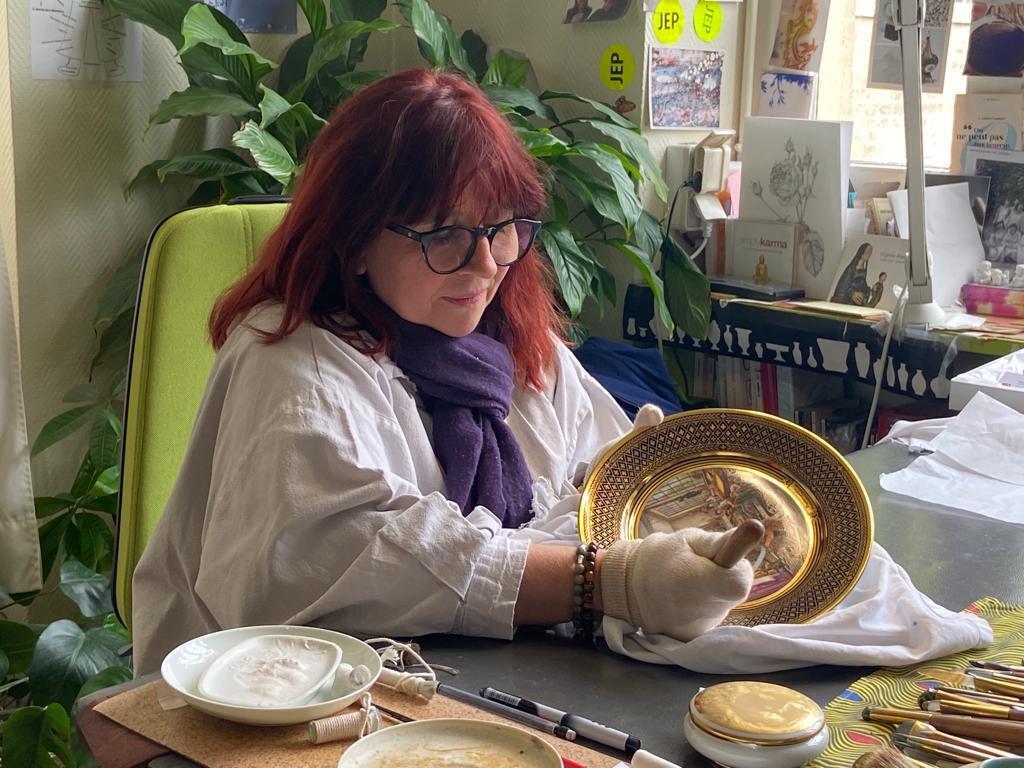
“Me, I arrive by the Sèvres bridge and every day, I see the museum lit up in blue because I start at 6 a.m. I tell myself the day when I will be tired of seeing this landscape, it will be time for me to leave. But I’m still not tired, so it can still last a few more years. »
Burnishing is a craft of observation and the burnishing workshop is the guarantor of exceptional work since all the pieces with gold pass through the workshop before being delivered. ” We won’t start burnishing if we see a small defect. If there is a small problem on the net, we will return the piece directly to the spinning workshop which will put the gold back. It anneals, we recover, we keep. If a mark is missing, it’s happened. We look to see if there is an iron point in the middle of a set. Sometimes, in the last firing, there may be a small point of iron that arises. I think that’s what’s most important here, is to look at things, to immerse yourself in the piece. It’s a lot of work for all the workshops, so we look and we are very careful that there are no defects. »
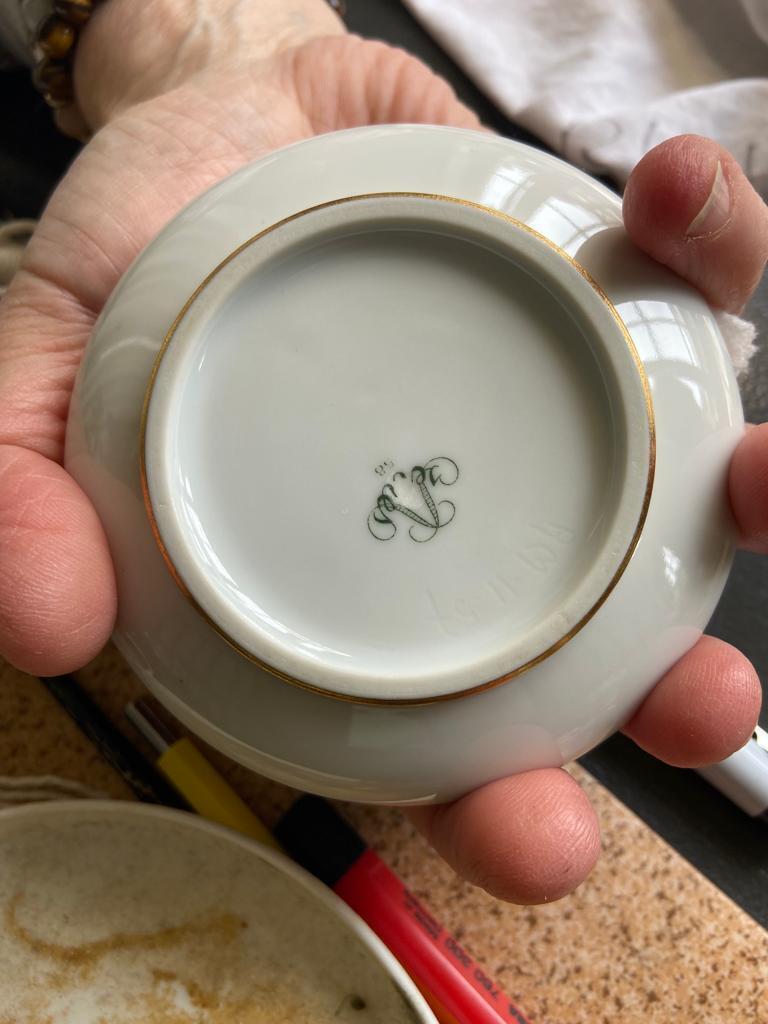
“Then, it is up to us to give it all its beauty. Here, we are in the only workshop where we are the sole masters of our work. There is no one who comes to check whether we have done well or not. We are very careful how we are going to burnish our pieces. We are the guarantors of a perfect and finished piece in the cupboards. We are the last and we are lucky to see all that is contemporary production, reissue of old pieces. Everything happens with us. »
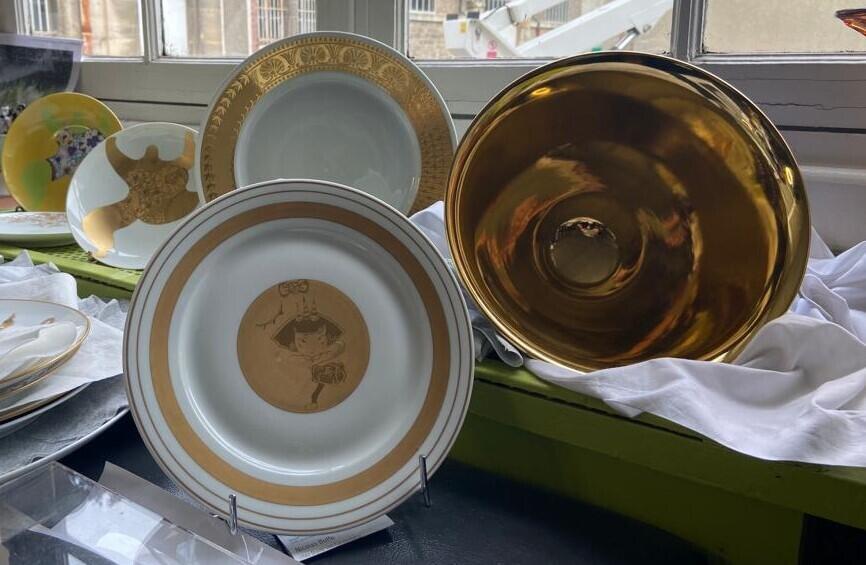
To restore the shine to the gold, Christel Potaufeu has tools with semi-precious stones. ” We are going to use agates which are very hard stones, quartz-based stones with a hardness almost close to diamond, therefore extremely sharp. Mishandled badly on a soft enamel, we risk cutting the porcelain. We have hematites, these are stones based on iron oxides which are much softer, much softer. All tools have different functions. »
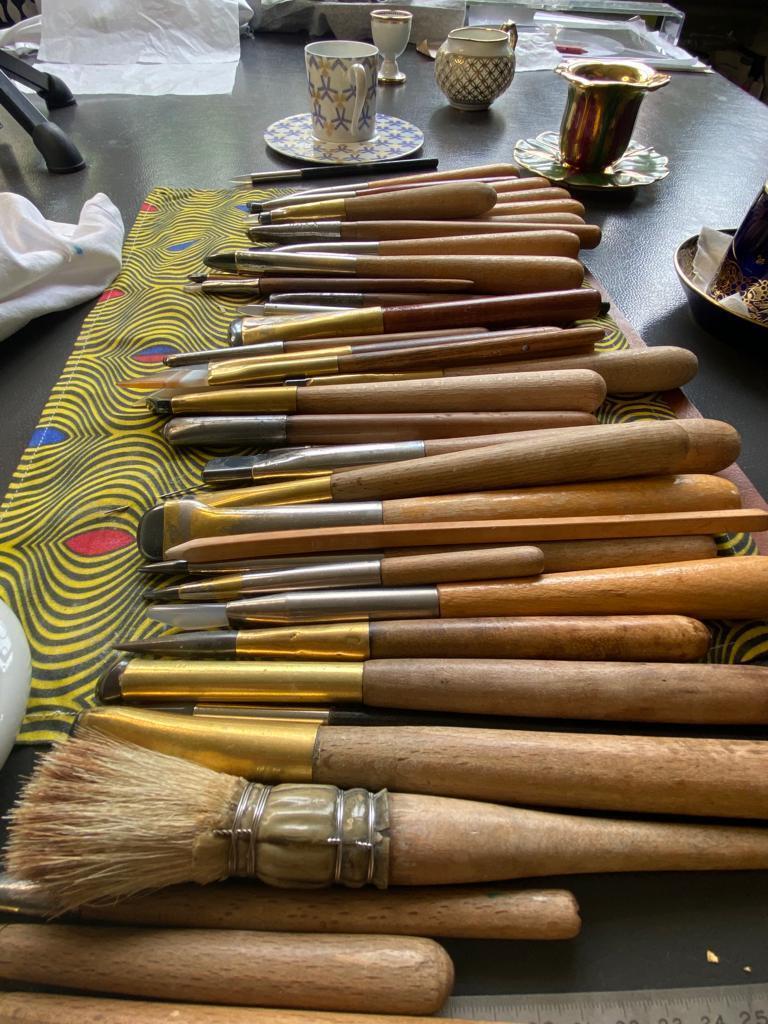
“You have tools that are used for polishing, tools that are used for roughening, tools that will be used for effect burnishing because they are extremely tapered. Slightly wider tools, small hooks to go into the hollows. Each tool has a function. We only have tools in semi-precious stones to give the shine, it is up to us to use them as best as possible. »
Find all the episodes of 100% Création on:
Apple Podcast Castbox Deezer Google Podcast Podcast Addict Spotifyor any other platform via the RSS feed.
